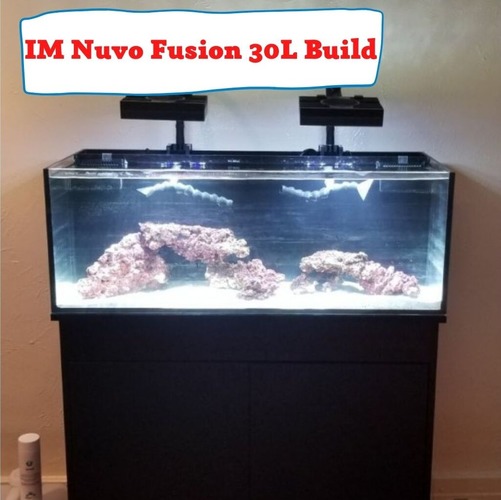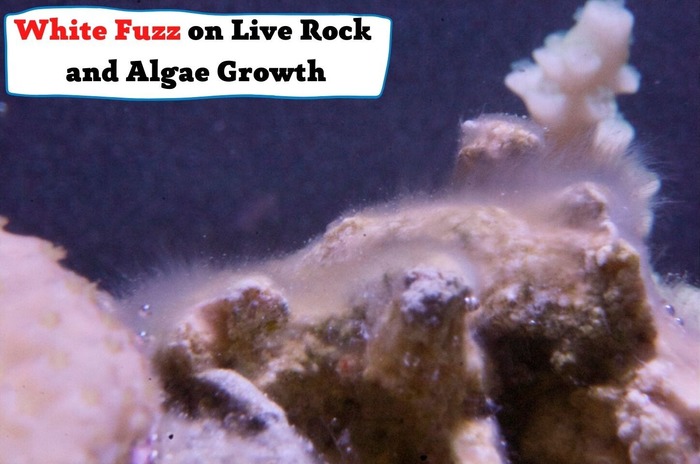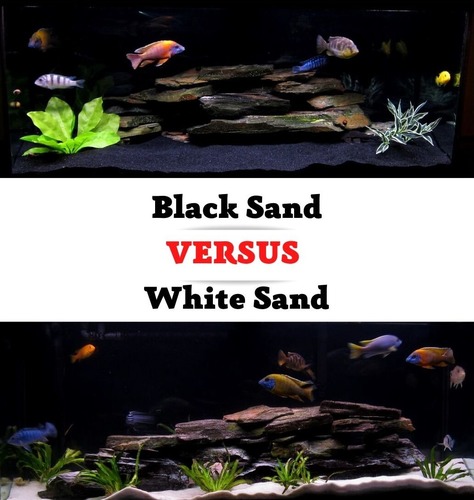Finding or keeping fish that live and thrive in high pH aquariums is a piece of cake. Some of these fish species include livebearers like Mollies and Swordtail fish. Cichlids, especially African cichlids. But finding high pH plants may not be so easy.
Are you searching for a high pH aquarium plant for your freshwater setup?
Here is an article that lists and discusses a few pieces of information you should know about these plants.
Check them out below.

Some High-pH Aquarium Plants to Know
pH literally means the level of hydrogen. In chemistry, it is usually a figure used to denote how acidic or alkaline water or any solution is. On the scale, the number 7 is the indication of neutral. Any figure less than 7 means the solution of water is acidic, and any figure higher than 7 means the water is alkaline.
In the aquarium hobby, however, carbonate hardness and general hardness are more useful in examining your water quality. This is especially the case when you keep a planted aquarium.
Specifically, carbonate hardness is the amount of carbonates and bicarbonates dissolved in water, while general hardness is the amount of dissolved minerals in the water, especially calcium and magnesium.
Hornwort (Ceratophyllum demersum)
This resilient aquarium plant withstands a pH of 6.0 – 9.0. It is a very hardy freshwater plant that thrives in water with a carbonate hardness range of 5 – 15 dKH or a general hardness of about 5 – 15 dGH.
This is a special aquarium plant with a lot of common names. It is known as Hornwort, Coontail, or Rigid Hornwort. Perhaps, the most interesting thing about this plant is its resilience, as it is endemic to every continent on the globe except Antarctica.
In the wild, it can grow as high as 9ft tall. It usually has several shoots on each side of a stem to make a fuller, bushy appearance. In the hobby, it is popularly used as a floating plant in the aquarium. Unlike in the wild, where it is mostly propagated by seeds, it is usually propagated by stem cuttings in the aquarium hobby.
Anubias (Anubias barteri)
It is usually rare to find an aquarist who is not aware of the famous Anubias plant. This famous plant can thrive in water with a pH range of 6.5 – 7.5 or a carbonate hardness range of about 3 – 8 dKH. If you measure your aquarium water in terms of general hardness, this plant can thrive in a range of 2 – 15 dGH.
Anubias barteri is a species of Anubias that is endemic to West Africa. It is common in lakes, ponds, swamps, and many other freshwater bodies in the southeastern parts of Nigeria and in Cameroon. It is also identified by another common name; broadleaf Anubias.
Its leaves usually grow pretty thick and leathery. It can survive in water whether partly or wholly submerged in the water. Naturally, the rhizomes of this plant are usually bound to rocks and wood while remaining above the mud, sand, or whatever substrate there is.
Remember that when planting broadleaf Anubias in your tank, you do not want to bury the rhizomes in the substrate as this could make them rot under the substrate.
Java Moss (Taxiphyllum barbieri)
Java moss can survive in the aquarium water with a pH range of 5.0-8.0. More precisely, it can thrive in water with a carbonate hardness of 0-21dKH or 0-30 dGH for if you are measuring with general hardness.
It is one of the most planted freshwater aquarium plants. Java moss can refer to one of two species that are difficult to tell apart. They are Taxiphyllum Barbieri or Vesicularia dubyana.
It is a southeast Asian plant. This aquarium plant can withstand harsh conditions as it is a very hardy plant. It propagates pretty fast and will hardly require much attention from you. Java moss thrives best at a temperature range of 68°F – 86°F.
The general means of propagation is by dividing it and holding them down with rocks. After that, all you have to do is supply light and let it grow. Apart from being great at surviving a higher water pH, they make a great hiding place if you keep tiny critters like fish fry and shrimp.
Amazon Sword (Echinodorus grisebachii)
The Amazon Sword plant is a South American plant that also loves the higher end of the pH range. It thrives in water at a pH range of about 6.5 – 7.5.
If you are measuring the water hardness in more accurate terms, this plant will flourish in the range of 3 – 8 dKH or a general hardness of about 2 – 12 dGH.
Amazon Sword plant is usually planted for use in ponds and man-made lakes, but it is also quite popular in the aquarium hobby. The blades of its leaves are usually oval-shaped.
It is a pretty great plant for your aquarium, especially if you keep a community tank. But you do not want to plant it in a tank full of Oscars or Cichlids.
If you are in the market to get Amazon Sword plants, it would be advisable to ensure that the plant is healthy. You want to check for brown spots, holes, and cracks as these are signs of a sick plant.
Java Fern (Leptochilus pteropus)
This southeast Asian plant thrives in a pH range of about 5.5 – 8.0. If you want to measure accurately in terms of water hardness, Java fern thrives in water with a carbonate hardness level of 0=14 dKH or a general hardness of 0 – 30 dGH.
Although nicknamed after an Indonesian Island called Java, Java ferns exist in Thailand, some parts of India, and China. It is a hardy plant species that can thrive whether partially or fully submerged in water.
One of the reasons hobbyists prefer the Java fern is because it is snail resistant. Another reason is that it does better in a tank with a lot of fish. In the wild, Java fern propagates when smaller plants from older leaves attach to a substrate and grow from there.
But in the aquarium, you may have to tie or glue the roots to a rock or driftwood instead of the bare aquarium substrate.
Water Wisteria (Hygrophila difformis)
Water Wisteria will thrive in aquarium water that is slightly acidic and slightly alkaline. It will survive at a pH of 6.5 to 7.5. If you measure in more accurate terms, Water Wisteria prefers water with a carbonate hardness of 3 – 8 dKH or a general hardness of 3 – 19 dGH.
This Asian plant is native to India and is a very popular freshwater plant in the hobby. One shocking fact about this freshwater aquarium plant is that although it is called Water Wisteria, it is not related at all to the real Wisteria.
The true Wisteria is a flowering plant mainly found in China, Japan, Korea, and the North of Iran, among many other places. But it is nothing close to Water Wisteria.
This aquatic plant is pretty easy to grow, especially in tropical aquariums. Perhaps, the most common way of propagation in the aquarium hobby is by cutting. If you want great results with this plant, it would be best to plant it in a well-lit aquarium with enough nutrients for plant growth.
Crypt (Cryptocoryne wendtii)
Crypt is an aquarium plant that is endemic to Sri Lanka. It is a pretty sturdy plant. It goes by many other common names, some of which include Wendt’s Cryptocoryne and Water trumpet.
Although it is not as common as Java fern, or Java moss, it is still one of the most common aquarium plants in the hobby. It is pretty easy to grow as its resilience is noteworthy. This plant will grow and thrive when there is sufficient light but will also grow and thrive under low light conditions. The only thing you may notice if you grow it in a low-light condition is that it will have longer foliage.
While it will usually respond favorably to CO2 injections, it will flourish without it, nonetheless.
One interesting thing about this plant is that it can thrive in a high or low pH level as long as the pH level is stable. You want to keep the aquarium at around 1 – 18 dKH or 0 – 30 dGH. But its preferred pH level is anything between 5.0 – 8.0.
You can use it as a centerpiece in the middle of your aquarium or a foreground plant, especially if you run a pretty large tank.
Bottom Line
There are many plants to choose from, but you want to pay attention to the features of each plant, how they respond to lights and how big they can get. These considerations will help you make the right choice for your aquarium.
However, Hornwort seems to be the most tolerant plant among them all. While Java fern and Java moss are good high pH plants, they would be best for freshwater tanks with shrimp or fry that need hiding places from predatory tankmates.
Whatever your choice, ensure to pick a plant that answers the need of your tank.
- Snail Mantle Collapse – Here’s What Every Pet Owner Should Know - April 2, 2023
- Algaefix Killed My Fish – What Have I Done Wrong? - March 2, 2023
- How Long Can Live Rock Be Out of Water? And What Will Happen Then? - February 2, 2023




